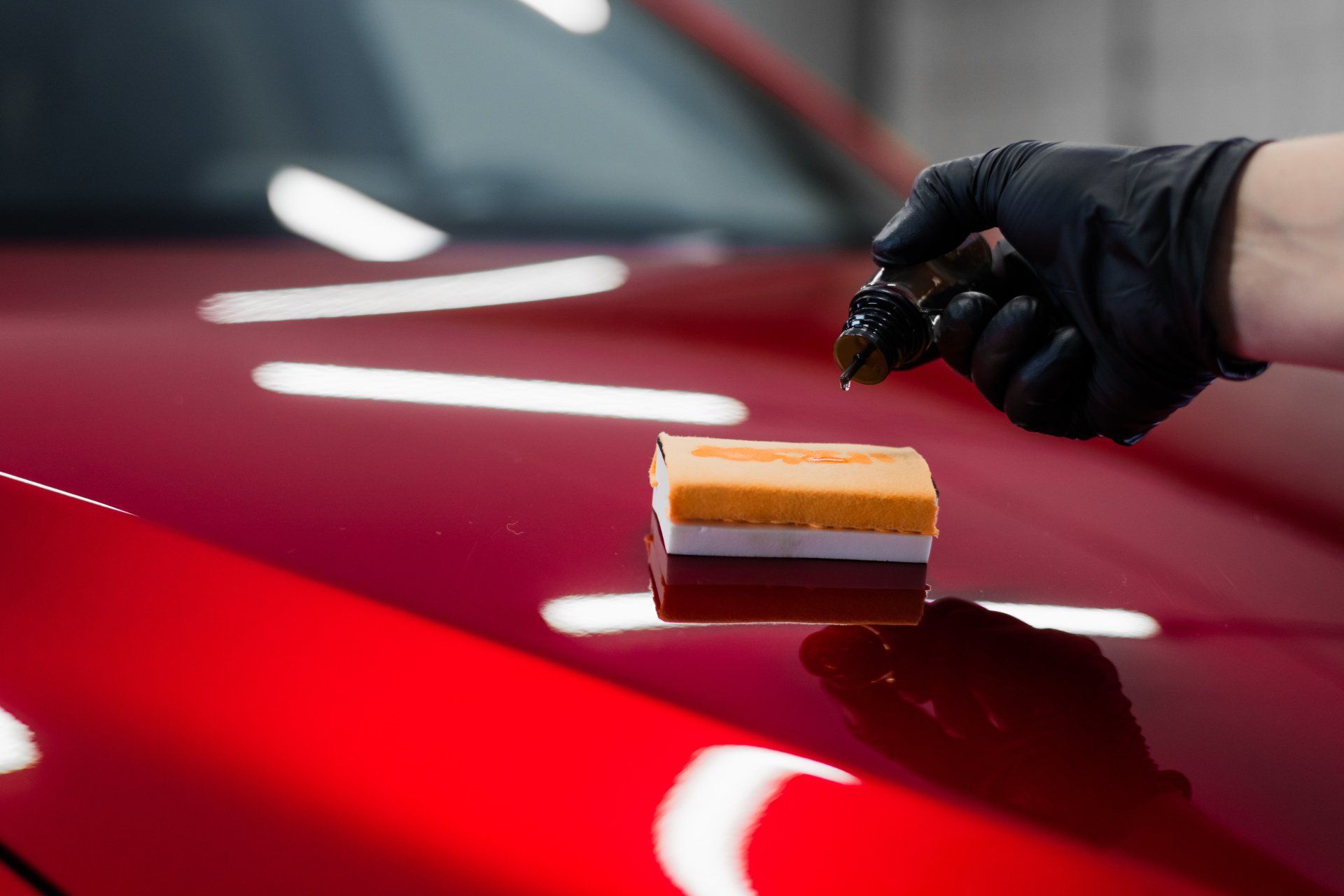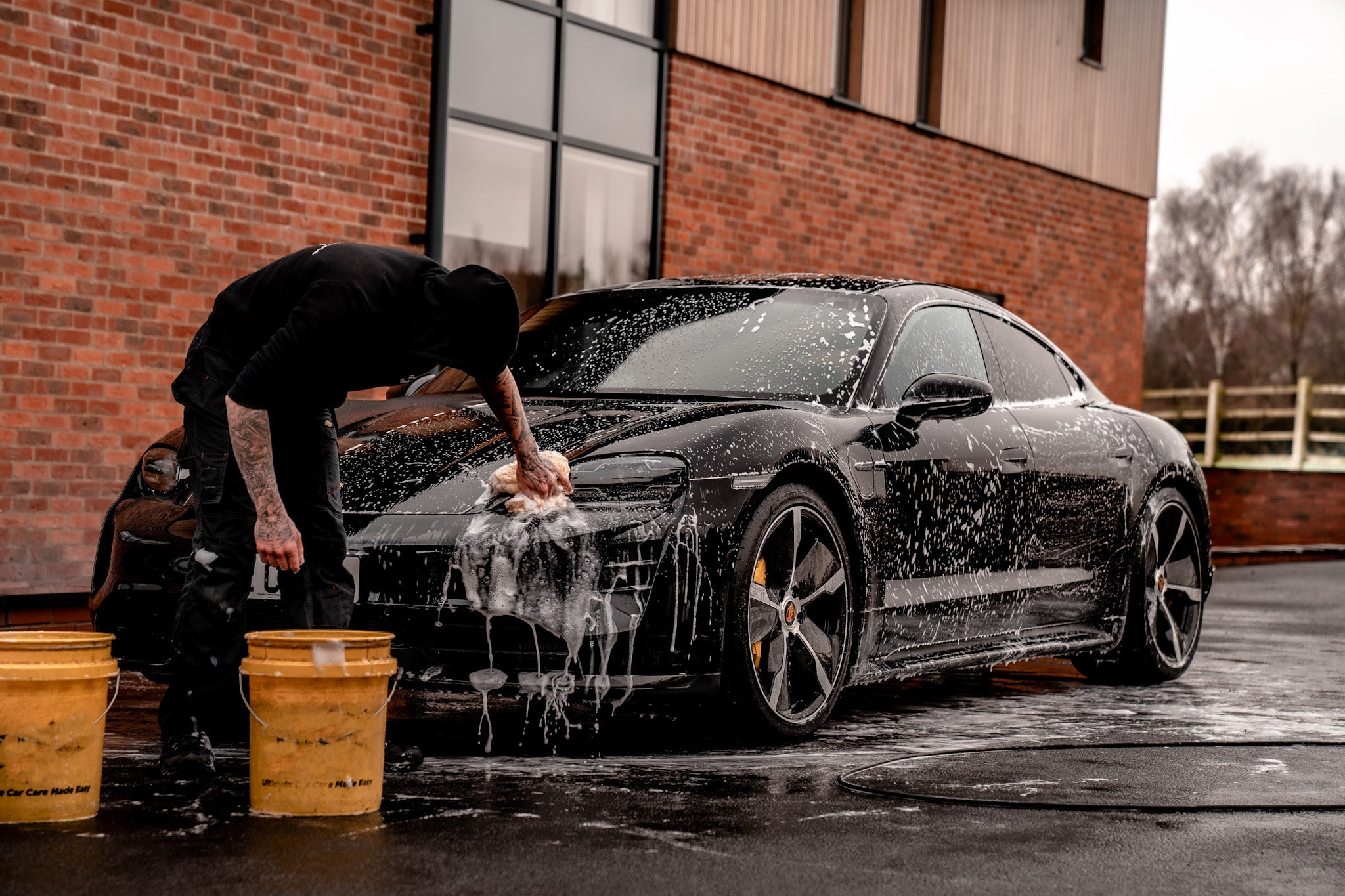A Comprehensive Guide to the Kinds of Ceramic Finishing on the Market
Ceramic finishings have actually emerged as an essential solution throughout different industries because of their one-of-a-kind properties and applications. From silica-based formulas recognized for their effectiveness to hybrid choices that combine multiple advantages, the selections readily available can be frustrating. Understanding the subtleties of each type, including their certain benefits and optimal usage instances, is important for making educated decisions. As we check out the distinct qualities and applications of these finishings, the effects for efficiency and durability end up being increasingly evident, questioning concerning which type could finest suit your demands.
Recognizing Ceramic Coatings
Ceramic finishings are advanced protective options that have actually obtained appeal in different sectors, especially in automobile and aerospace applications. These layers are composed of a liquid polymer that, when cured, creates a sturdy, hydrophobic layer externally of the substratum. This layer provides boosted resistance to environmental contaminants, UV radiation, and chemical direct exposure, thus expanding the life and aesthetic charm of the underlying product.
The basic element of ceramic coatings is silica, which adds to their firmness and resilience. The application process usually includes surface area preparation, application of the finish, and healing, which can be accomplished through warm or UV light. Once treated, ceramic coverings exhibit outstanding bonding residential or commercial properties, enabling them to stick highly to a range of surface areas, consisting of metals, plastics, and glass.
In addition to their safety functions, ceramic layers also offer simplicity of upkeep. Their hydrophobic nature decreases the adherence of dust and gunk, making cleaning easier and less regular. On the whole, the fostering of ceramic coatings stands for a significant development in surface area security innovation, giving both useful and visual benefits throughout several sectors.
Kinds Of Ceramic Coatings
Different sorts of ceramic layers are offered, each made to meet certain efficiency demands and applications - Paint Protection Film. One of the most usual kinds consist of:
Silica-based Coatings: These finishings largely consist of silicon dioxide and are recognized for their toughness and chemical resistance. They are widely utilized in vehicle and commercial applications.
Titanium Dioxide Coatings: Popular for their photocatalytic residential or commercial properties, titanium dioxide finishings are usually applied in settings where self-cleaning and antifungal buildings are preferable, such as in structure products and vehicle coatings.
Zirconia Coatings: Defined by their high-temperature stability and thermal resistance, zirconia coverings are utilized in applications such as turbine engines and high-performance automotive elements.
Alumina Coatings: Exhibiting exceptional hardness and thermal security, alumina coatings are frequently made find out this here use of in wear-resistant applications, consisting of reducing devices and industrial equipment. - Car Detailing
Hybrid Coatings: Incorporating the residential or commercial properties of various materials, crossbreed coverings offer boosted performance characteristics, making them ideal for distinct and requiring applications.
Each sort of ceramic finishing serves distinctive purposes, allowing users to choose one of the most suitable option based upon particular environmental conditions and performance needs.
Benefits of Ceramic Coatings
Ceramic finishings, in certain, deal many benefits that make them progressively preferred among suppliers and consumers alike. These finishes are resistant to scratches, chemicals, and UV rays, making sure that the underlying surface area remains protected over time.
Along with toughness, ceramic coatings offer exceptional hydrophobic residential properties, permitting for easy cleaning and maintenance. This water-repellent nature lessens the adherence of dust, crud, and various other contaminants, which can lengthen the visual allure and functionality of the surface. Ceramic coatings can significantly enhance thermal resistance, making them perfect for applications that endure high temperatures.

Application Refine
When using ceramic finishings, go to this web-site a precise technique is important to accomplish optimal results. The application procedure normally starts with complete surface prep work. This includes cleaning, sanitizing, and polishing the surface to get rid of all contaminations, consisting of dirt, oil, and prior waxes or sealers. A tidy surface area makes certain proper attachment of the coating.
Once the surface top article is prepped, the following action is to apply the ceramic layer. The coating must be applied in slim layers, as thicker applications can lead to irregular surfaces.
After application, the layer calls for a details treating time, usually ranging from a few hours to a complete day, depending on the item. Adhering to these actions carefully will take full advantage of the efficiency and longevity of the ceramic coating, giving a long lasting protective layer for the surface area.
Maintenance and Longevity
To make certain the durability and effectiveness of a ceramic layer, regular maintenance is vital. Ceramic layers, recognized for their longevity and safety high qualities, require specific treatment regimens to optimize their lifespan and performance.
Along with routine cleaning, routine evaluations are critical. Search for indications of wear or damage, such as hydrophobic residential or commercial properties reducing or surface area blemishes. If necessary, a light gloss may be related to invigorate the coating without stripping it away.
Furthermore, the application of a booster spray can boost the finish's hydrophobic effects and recover its gloss. This is especially useful for finishings that have actually been in usage for an extensive duration. Inevitably, by sticking to these upkeep practices, one can substantially prolong the life of a ceramic layer, ensuring that it remains to offer ideal security against environmental aspects and preserve the visual charm of the automobile.
Verdict
